Fig. shows a thin beam of white light from a source S striking on one face of a prism.
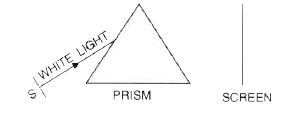
(a) Complete the diagram to show the effect of the prism on the beam and to show what is seen on the screen.
(b) If a slit is placed in between the prism and the screen to pass only the light of green colour, what will you then observe on the screen?
(c) What conclusion do you draw from the observation in part (b) above?
Step by step video & image solution for Fig. shows a thin beam of white light from a source S striking on one face of a prism. (a) Complete the diagram to show the effect of the prism on the beam and to show what is seen on the screen. (b) If a slit is placed in between the prism and the screen to pass only the light of green colour, what will you then observe on the screen? (c) What conclusion do you draw from the observation in part (b) above? by Physics experts to help you in doubts & scoring excellent marks in Class 10 exams.
Updated on:21/07/2023Topper's Solved these Questions
- SPECTRUMBOOK - ICSECHAPTER - SPECTRUMEXERCISE - EXERCISE A (MULTIPLE CHOICE TYPE)
6 Videos
- SPECTRUMBOOK - ICSECHAPTER - SPECTRUMEXERCISE - EXERCISE A (NUMERICALS)
4 Videos
- SPECTRUMBOOK - ICSECHAPTER - SPECTRUMEXERCISE - TYPE 3 DIAGRAM BASED MCQ:
5 Videos
- SPECIMEN QUESTION PAPERBOOK - ICSECHAPTER - SPECIMEN QUESTION PAPEREXERCISE - QUESTIONS
33 Videos
- WORK,POWER AND ENERGY BOOK - ICSECHAPTER - WORK,POWER AND ENERGY EXERCISE - DIAGRAM BASED MCQ
3 Videos
Similar Questions
A beam of white light is incident on a hollow prism of glass. Then
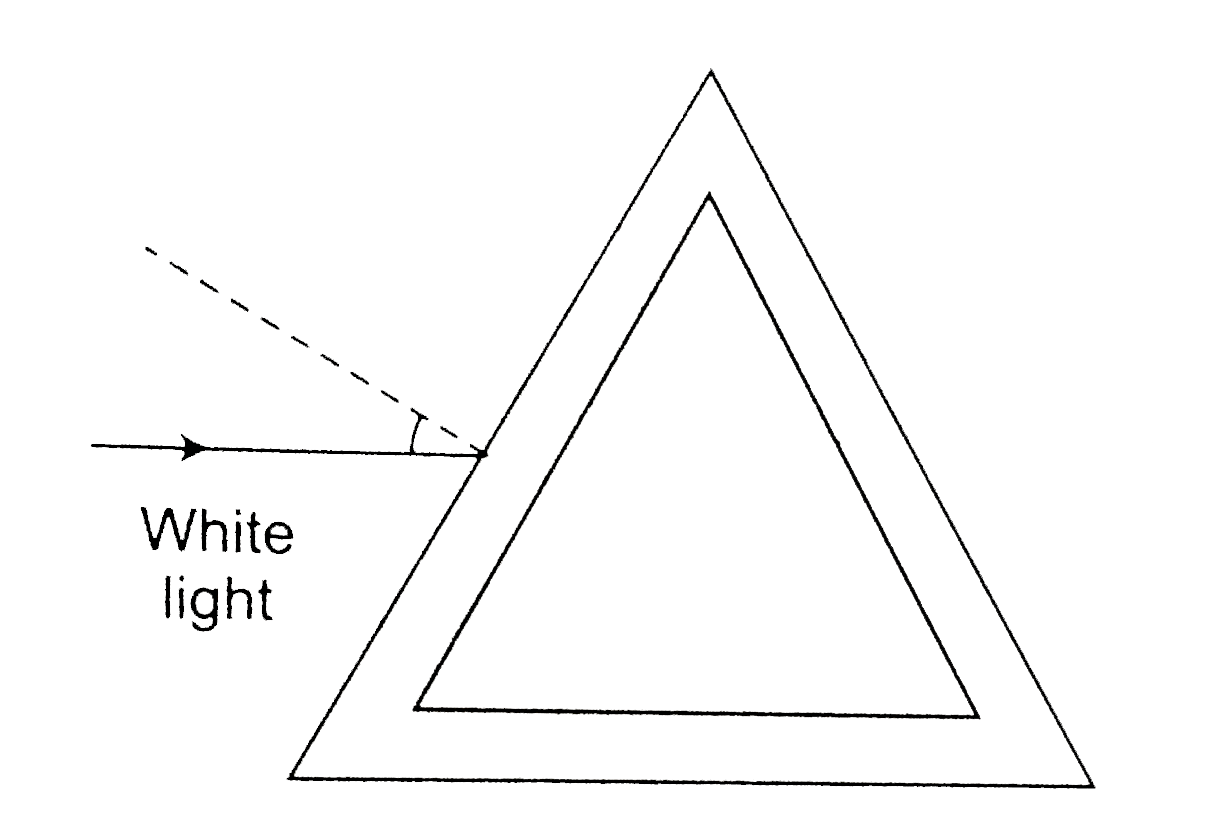
View SolutionIn Figure, a monochromatic point source of light S is viewed by an observer O through a prism P. complete the diagram to show the image formed by the prism and as seen by the observer O. label the image by the letter I.
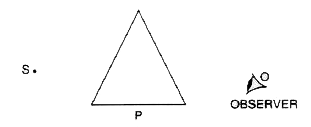
View Solution
Knowledge Check
In the spectrum of white light by a prism, the colour at the extreme end opposite to the base of prism is :
AvioletByellowCredDblue.
A beam of white lighe passing through a hollow prism gives no spectrum.
View Solution(a) A beam of monochromatic light undergoes minimum deviation through an equiangular prism. How does the beam pass through the prism with respect to its base?
(b) If white light is used in the same way as in part (a) above, what change do you expect in the emergent beam?
(c) What conclusion do you draw about the nature of white light in part (b)?
View SolutionFigure shows two identical prisms P and Q placed with their faces parallel to each other. A light ray AB of yellow colour is incident at the face of the prism P. Complete the diagram to show the path of the ray till it emerges out of the prism Q.
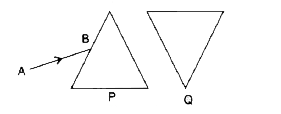
View Solution(a) Figure shows two isosceles right angled prisms A and B and the light rays incident on the prism A. complete the diagram to show the rays emerging out of the prism B.
(b) State the principle used for completing the ray diagram in part (a) above.
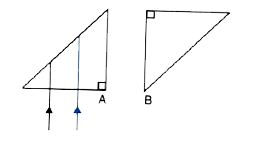
View SolutionWhat is the required condition, if the light incident on one face of a prism, does not emerge from the other face?
View SolutionA ray of light falls on a normally on a refracting face of a prism. Find the angle of prism if the ray just fails to emerge from the prism (μ=3/2).
View SolutionIt is first face of a prism which disperses white light.
View Solution
